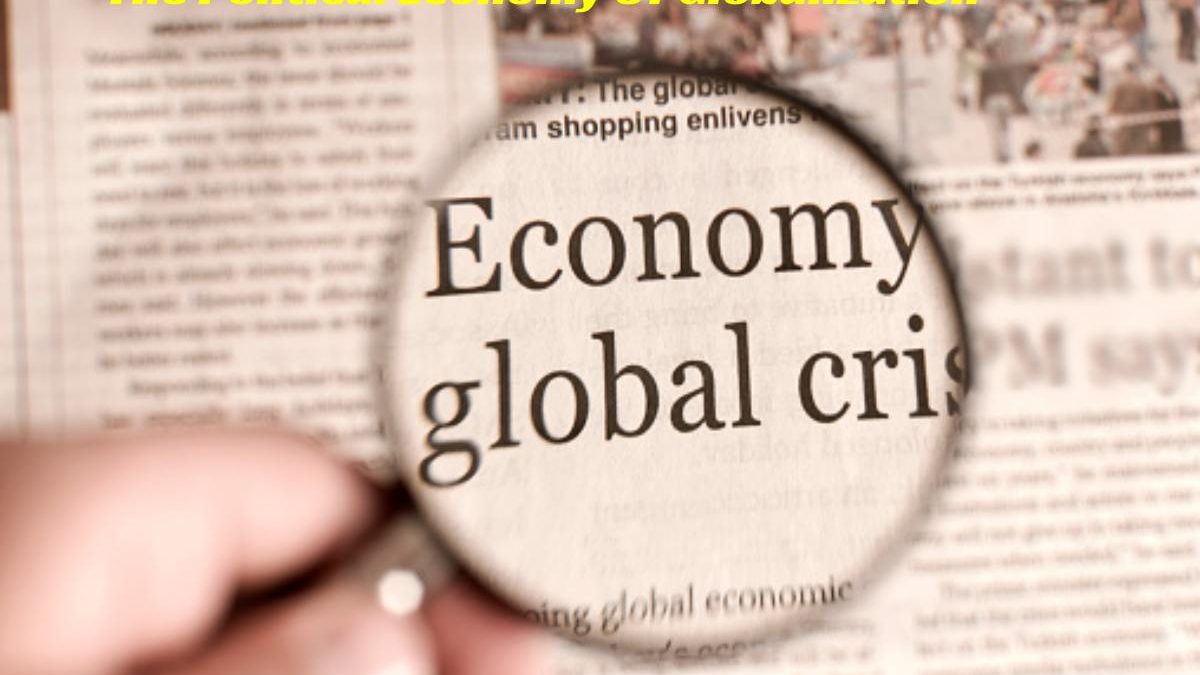Table of Contents
The Influence Of Economic, Social, And Political Globalization And Consensus On Life Expectancy in Low-Income Countries: Are Maintainable Growth Goals Contradictory? Summary
The Political Economy Of Globalization, The 17 Sustainable Growth Goals announced by the United Nations remain essential guides for the development processes of developing countries. However, achieving all these goals is only possible if the goals are consistent with each other. Unfortunately, the literature has observed that possible contradictions between these objectives remain ignored. Therefore, the primary purpose of this study remains to investigate whether two UN Sustainable Development Goals (SDGs) are contradictory or mutually supportive in low-income countries. These SDGs remain “Good Health and Well-being” (SDG3) and Partnerships for the Goals” (SDG17). To do this, the role of globalization and democracy in life expectancy in 16 low-income countries during 1970-2017 remains empirically investigated.
Also read: Best Antivirus Deals Black Friday Cyber Monday
Globalization, The Political Economy Of Globalization
As an indicator association countries, democracy remained an indicator of the responsibility and cooperation of governments. According to bias-adjusted ordinary least squares (BA-OLS) estimates, globalization and its subcomponents, such as economic, social, and political globalization, positively affect life expectancy. Democracy also upsurges life expectancy in those countries. GDP per capita remains also used as a control variable. Our results show that a higher income per capita correlates with higher life expectancy levels. In conclusion, no contradiction remained found between SDG3 and SDG17 in those countries. Achieving a healthier civilization requires economic, social, and political integration between administrations and institutions.
Introduction
The economy’s main problem is to increase economic development and social welfare. Increasing the level of social welfare is a complex process that depends on economic and non-economic factors. Achieving economic development or improving well-being depends on achieving and maintaining the main political, economic, and social objectives. Today, development is no longer a procedure performed through policies implemented solely by governments. Instead, it requires cooperation between governments and societies. Although cooperation between different countries requires globalization in the economic, social, and political fields, democracy is the way to ensure collaboration between governments and institutions.
Health Is One Of The Most Significant Indicators Of Social Well-Being.
In addition to being one of the indicators of development, it is one of the determinants of the formation of the human capital necessary for economic growth. People in developed countries live healthier lives than those in less developed countries. Although the differences between the levels of development of the countries determine the health conditions, at the same time,
Also read: The Economics Of Enough, What Is The Economy?
The Improvement Of Public Health Paves the Way For Economic Development.
Healthy people have more significant opportunities to earn a higher income than unhealthy people. People with higher incomes can benefit from better nutrition and health services. Therefore, economic development and improving health conditions represent a two-way process. In this context, determining the variables that will make it possible to achieve the goal of a healthier society is especially important to explain the economic differences between developing and developed countries. Due to their importance, the purposes related to health occupy a prominent place both among the Millennium Development Goals (MDGs) and among the Sustainable Development Goals (SDGs) announced by the United Nations.
World Leaders,
With the support of international financial organizations, announced the Millennium Declaration in September 2000 at the United Nations headquarters in New York. They committed their nations to a new global partnership to achieve some development goals with a final target date of 2015. The Millennium Development Goals (MDGs) contain eight goals. Twenty-one targets and 60 related pointers cover a broad spectrum of areas of concern. Such as End poverty and starvation (MDG 1), Universal education (MDG 2), Gender equality (MDG 3), Child health (MDG 4), Maternal health (MDG 5), and Combat HIV/AIDS (MDG 6). Environmental Sustainability (MDG 7) and Global Partnership
Also read: Coinbase Pro Trading is Disabled

